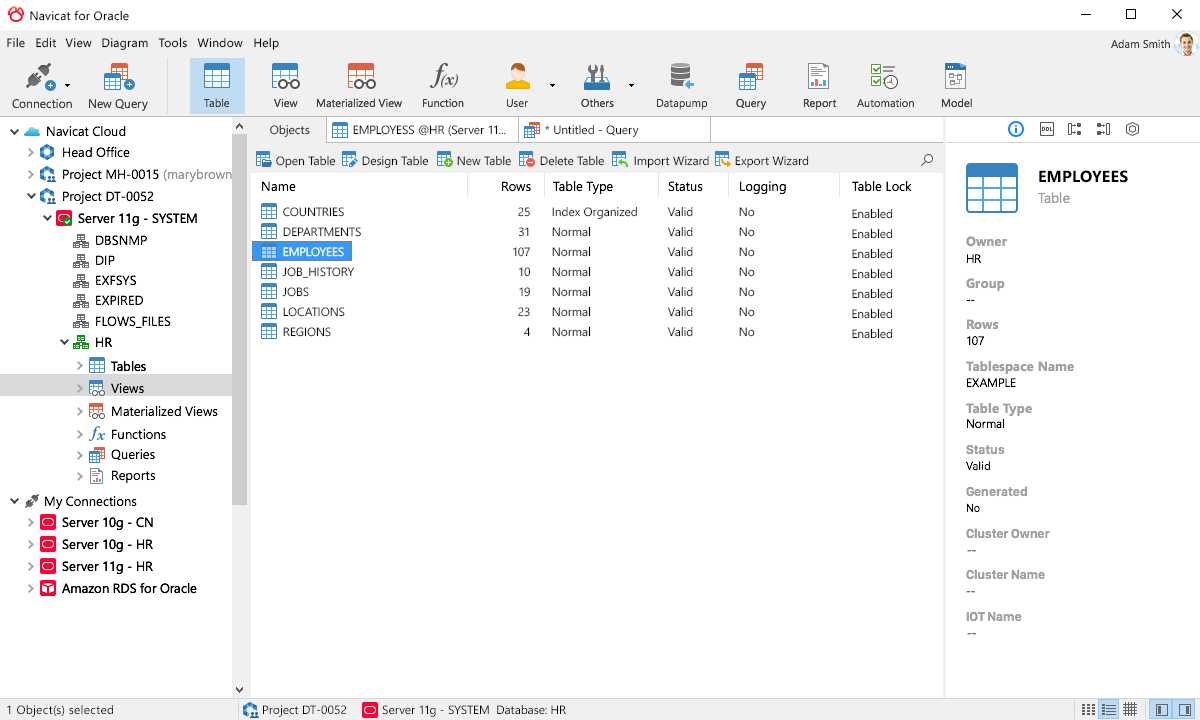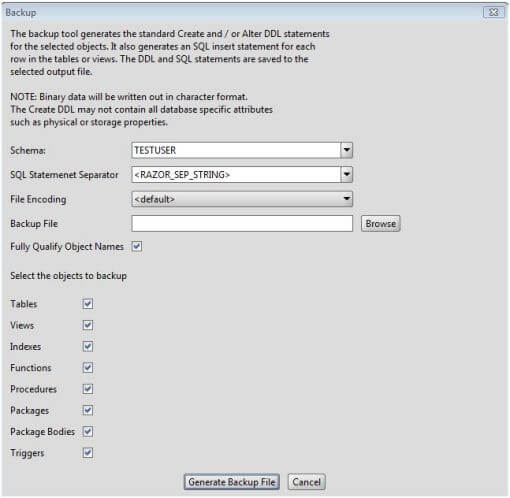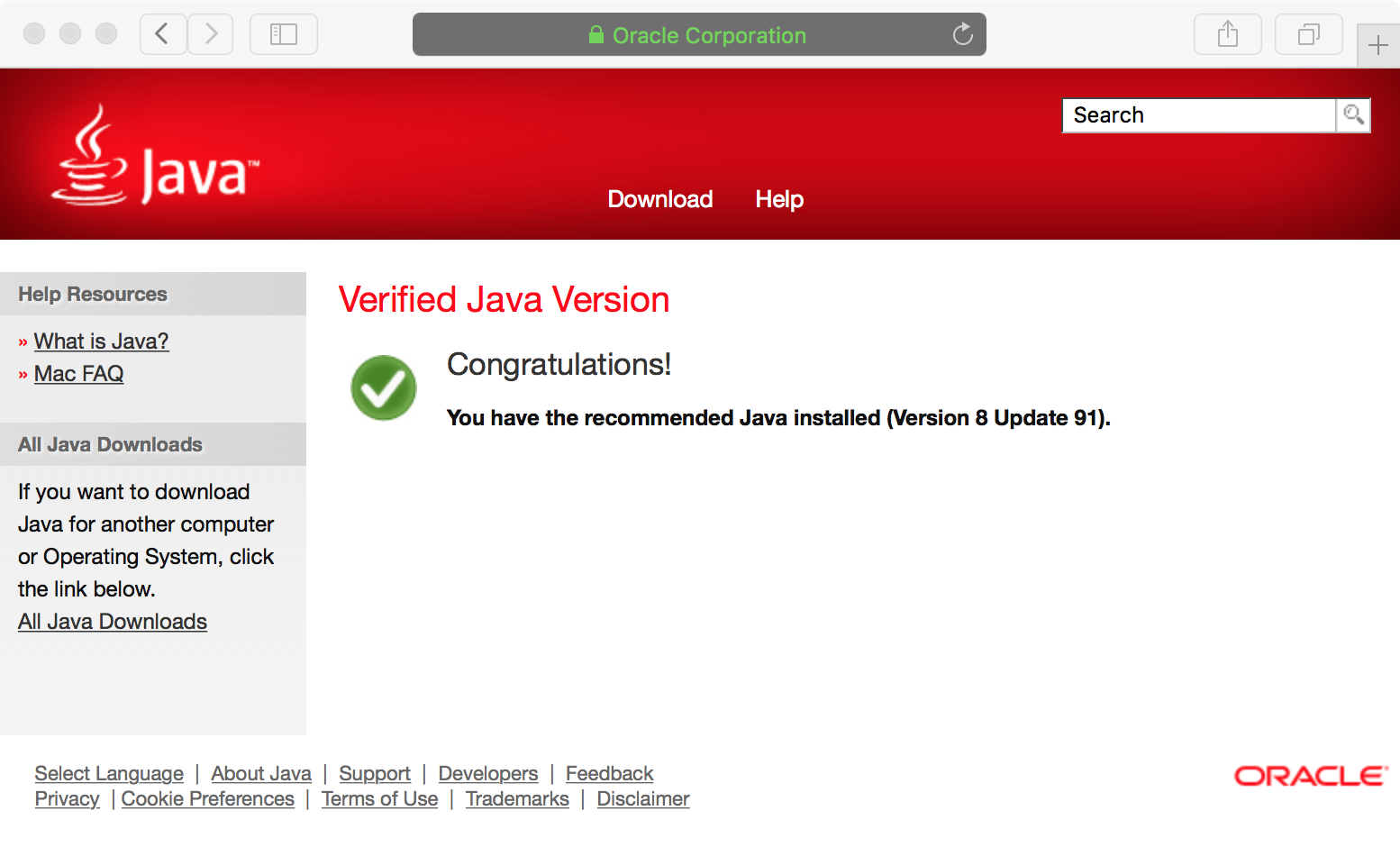
 The Single Client Access Name (SCAN) should really be defined in the DNS or GNS and round-robin between one of 3 addresses, which are on the same subnet as the public and virtual IPs. It's simply to allow you to get used to installing and using RAC. This is not, and should not be considered, a production-ready system. The shared disks must have their space preallocated.
The Single Client Access Name (SCAN) should really be defined in the DNS or GNS and round-robin between one of 3 addresses, which are on the same subnet as the public and virtual IPs. It's simply to allow you to get used to installing and using RAC. This is not, and should not be considered, a production-ready system. The shared disks must have their space preallocated. 
This makes virtual disk access slower during the installation, but saves on wasted disk space. During the virtual disk creation, I always choose not to preallocate the disk space.

Of course, this will take more disk space. To add this, simply create double the amount of shared disks and select the "Normal" redundancy option when it is offered. There is no redundancy in the Grid Infrastructure installation or the ASM installation.
This procedure provides a bare bones installation to get the RAC working. Don't assume you will be able to run this on a small PC or laptop. As you can see, 11gR2 RAC requires much more memory than 11gR1 RAC. Following on from the last point, the VMs will each need at least 2G of RAM (3G for 11.2.0.2 onward), preferably 4G if you don't want the VMs to swap like crazy. 
As you can imagine, this requires a significant amount of disk space, CPU and memory.
The finished system includes the host operating system, two guest operating systems, two sets of Oracle Grid Infrastructure (Clusterware + ASM) and two Database instances all on a single server. In addition, it allows you to set up shared virtual disks, overcoming the obstacle of expensive shared storage.īefore you launch into this installation, here are a few things to consider. Using VirtualBox you can run multiple Virtual Machines (VMs) on a single server, allowing you to run both RAC nodes on a single machine. A third option is to use virtualization to fake the shared storage. A cheaper alternative is to use a FireWire disk enclosure to allow two machines to access the same disk(s), but that still costs money and requires two servers. In a production environment, shared storage is often provided by a SAN or high-end NAS device, but both of these options are very expensive when all you want to do is get some experience installing and using RAC. One of the biggest obstacles preventing people from setting up test RAC environments is the requirement for shared storage. Oracle Database 11g Release 2 RAC On Windows 2008 Using VirtualBox. Oracle Database 11g Release 2 (11.2.0.3.0) RAC On Oracle Linux 6.3 Using VirtualBox. The process works just as well for 11.2.0.3, which you can download from MOS. I've purposely left this as an 11.2.0.1 installation as this version is downloadable from OTN without the need for a My Oracle Support (MOS) CSI.








 0 kommentar(er)
0 kommentar(er)
